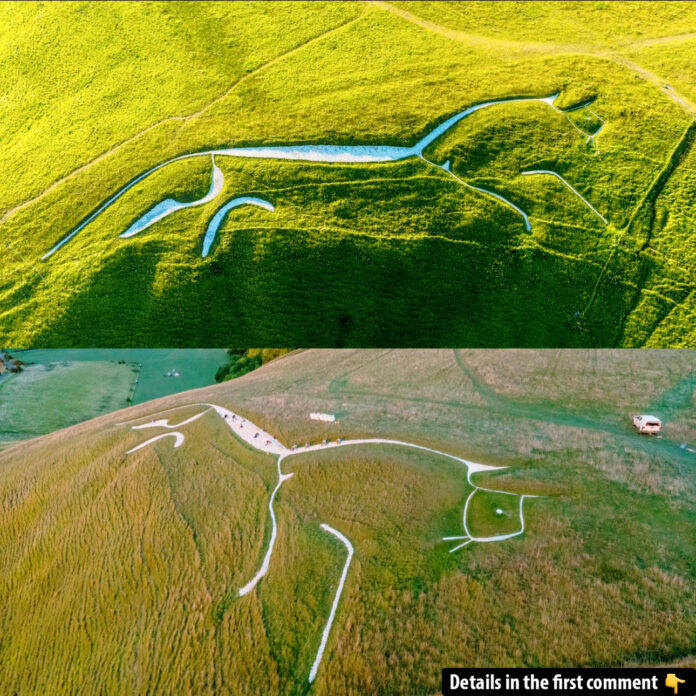Nestled in the chalk hills of Oxfordshire, the Uffington White Horse has captivated imaginations for over 3,000 years. As Britain’s oldest known hill figure, this ancient marvel is more than just a symbol etched into the landscape—it’s a window into a distant past, shrouded in mystery and legend.
A Legacy of the Late Bronze Age
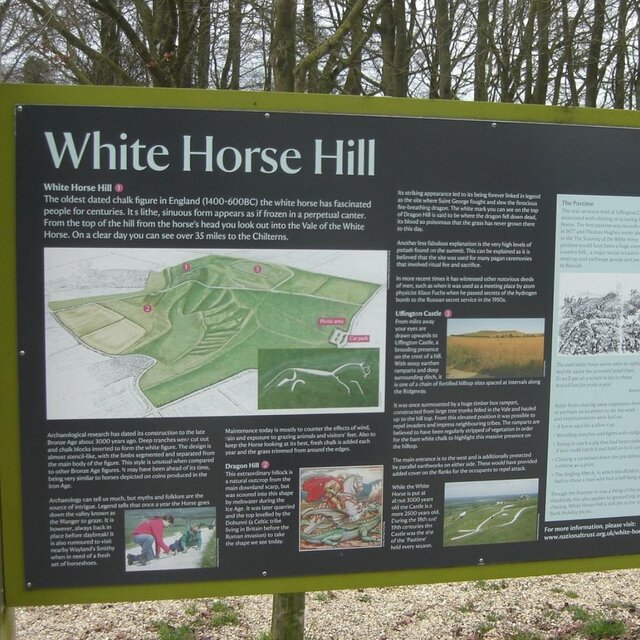
Dating back to the late Bronze Age, the Uffington White Horse stands as a testament to the ingenuity of ancient civilizations. Carved into the hillside by digging trenches and filling them with crushed white chalk, the figure stretches an impressive 110 meters in length. Its sleek, stylized design—depicting a horse with a turned head and outstretched legs—contrasts with the surrounding green hills, making it visible for miles around.
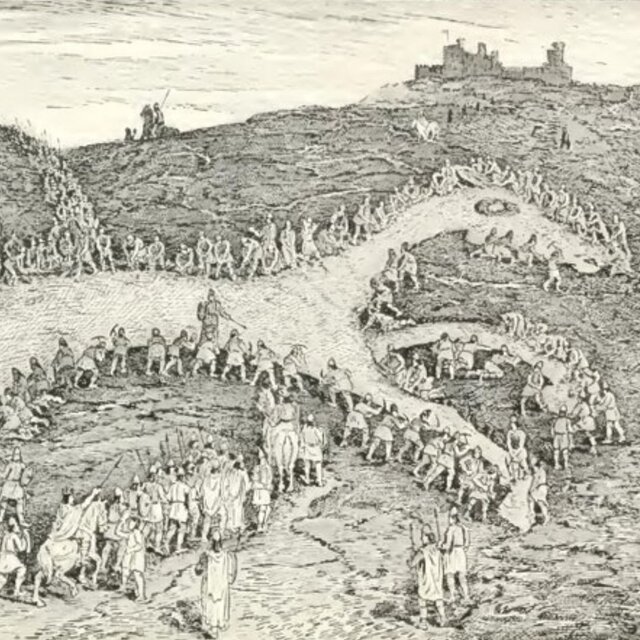
Archaeologists and historians alike have marveled at its longevity. Despite weathering and natural erosion, the figure has been maintained by dedicated hands through the centuries. Regular recutting and cleaning ensure that the horse remains vibrant, connecting modern visitors with its Bronze Age origins.
Video
Uncover the last secrets of the Uffington White Horse – watch the video to explore the history, mystery, and hidden meanings behind this ancient landmark!
Mystery and Myth: Theories About Its Purpose
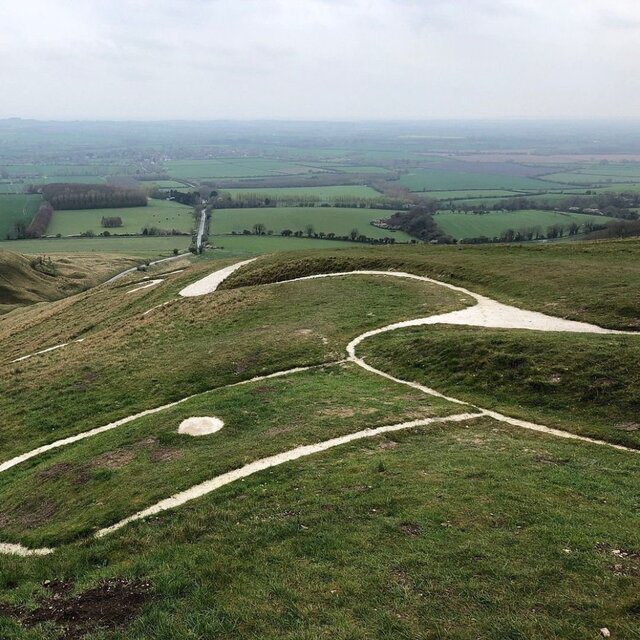
Why was the Uffington White Horse created? Theories abound, ranging from practical uses to symbolic significance.
Some experts suggest the figure may have served as a tribal emblem or a representation of a Celtic deity, while others believe it marked ritual ceremonies or functioned as a boundary marker for travelers. Legends add another layer of intrigue, with tales linking the figure to King Alfred the Great, who was said to have fought a decisive battle nearby.
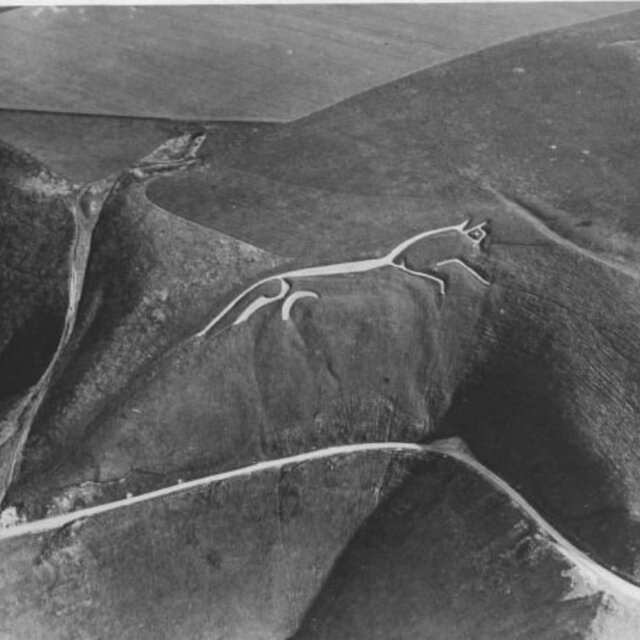
Aerial photography has revealed evidence of an older, larger figure buried beneath the current outline, hinting that the horse we see today may be a refined version of its original form. Over time, soil slippage and repeated recutting have subtly altered its shape, further deepening the mystery of its origins.
A Complex Landscape of Ancient Features
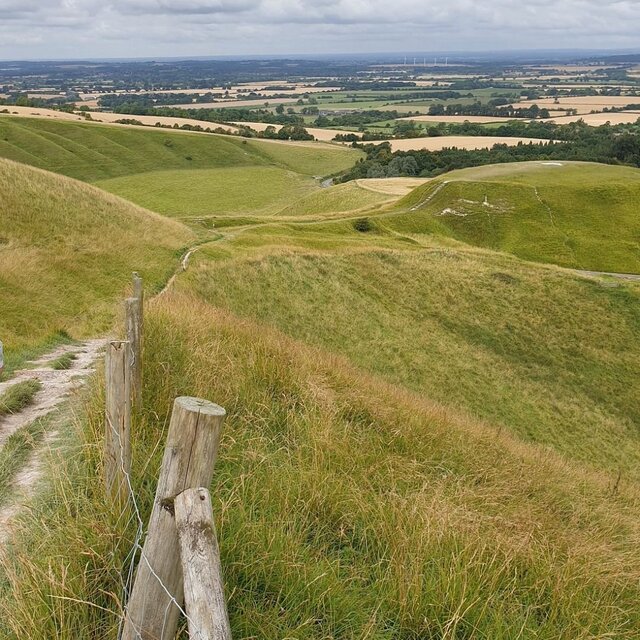
The Uffington White Horse isn’t the only wonder in this historic area. White Horse Hill is part of a sprawling complex of ancient landmarks, each with its own story to tell.
- The Manger: This dramatic dry valley features rippled sides known as the “Giant’s Steps,” formed by retreating permafrost during the last Ice Age.
- Dragon Hill: To the east lies this rounded hill with a flattened top, where legend says St. George slew the dragon, leaving a chalk scar to mark the event.
- Uffington Castle: Atop White Horse Hill sits an Iron Age hillfort, one of the finest examples of its kind. With massive ramparts, ditches, and evidence of ancient structures, the site offers a glimpse into life during the Iron Age.
Archaeological excavations have uncovered pottery, coins, and burial remains, suggesting the hillfort was a hub of activity for extended family groups living in large round huts.
The Scouring of the White Horse
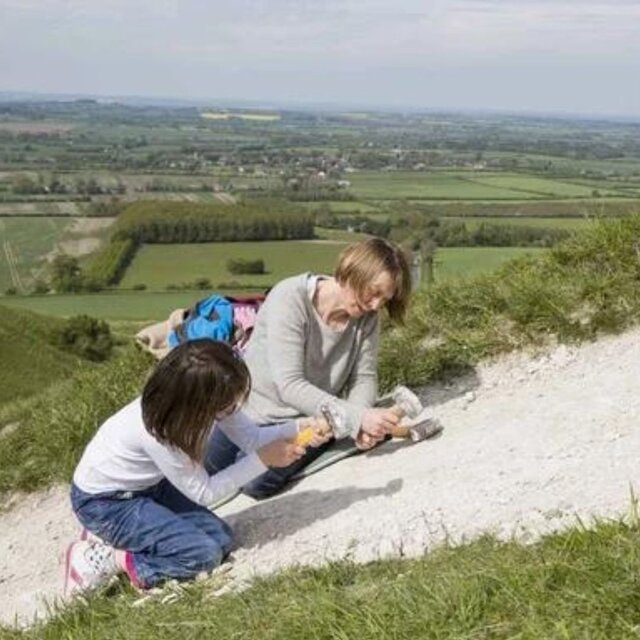
The White Horse’s pristine appearance is no accident. For centuries, it has been carefully maintained through a tradition known as the “Scouring of the White Horse.”
Historically, this cleaning process was accompanied by lively festivals featuring sports and competitions. The first recorded festival took place in 1755, with attendance growing so large that the tradition eventually ended in 1857 after a crowd of 30,000 descended on the site.
In 2009, the National Trust revived the tradition, enlisting local volunteers to replace layers of chalk and keep the figure vibrant. Each year, on “chalking day,” volunteers armed with hammers and buckets of chalk meticulously restore the horse, ensuring its legacy endures.
A Wartime Veil
During World War II, the White Horse faced an unusual threat. Its unmistakable outline, visible from the air, made it a potential navigation point for enemy bombers. To protect it, the figure was temporarily covered with turf and hedge trimmings. After the war, archaeologist William Francis Grimes led efforts to restore the horse to its former glory, once again revealing its striking presence on the hillside.
Visiting the Uffington White Horse
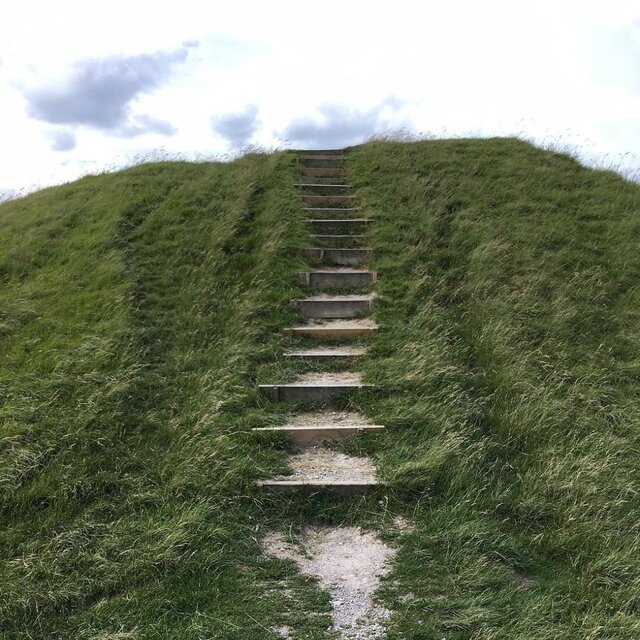
Today, the Uffington White Horse remains a beloved landmark and a popular destination for history enthusiasts and nature lovers. Visitors can explore the site on a circular walking route managed by the National Trust, which offers breathtaking views of Oxfordshire and beyond.
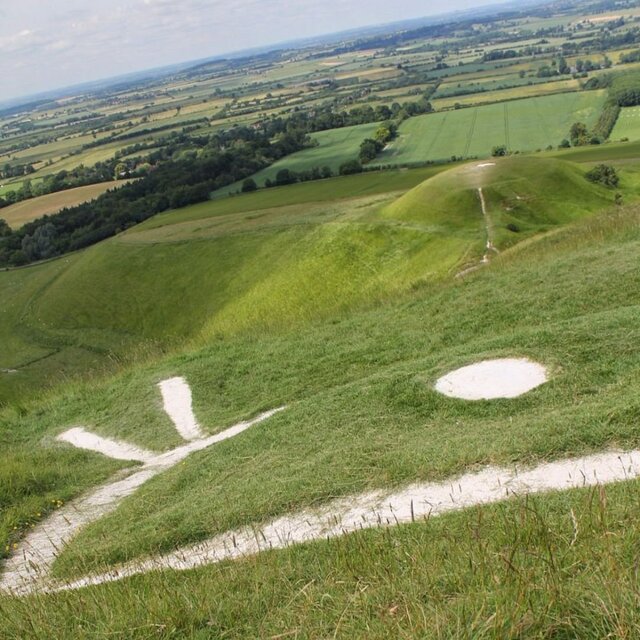
The trail also includes stops at Dragon Hill, the Manger, and Uffington Castle, providing a comprehensive experience of the area’s rich history and natural beauty. Many visitors recommend stopping for a meal at the White Horse pub in the nearby village, adding a cozy and delicious ending to the adventure.
One recent visitor shared, “The White Horse and hilltop fort are fascinating and offer a history fix like no other. We completed the National Trust’s 4-mile route, which was well signposted and took about two hours. The views were absolutely worth the effort!”
The White Horse in Popular Culture
The Uffington White Horse has also left its mark on art, literature, and modern identity. Tom Hughes’ 1859 book, The Scouring of the White Horse, vividly recounts the festivals held to maintain the figure. In recent years, the horse has inspired tattoos, artwork, and even personal stories—one visitor recounted proposing to their partner atop the White Horse, making it a symbolic part of their journey together.
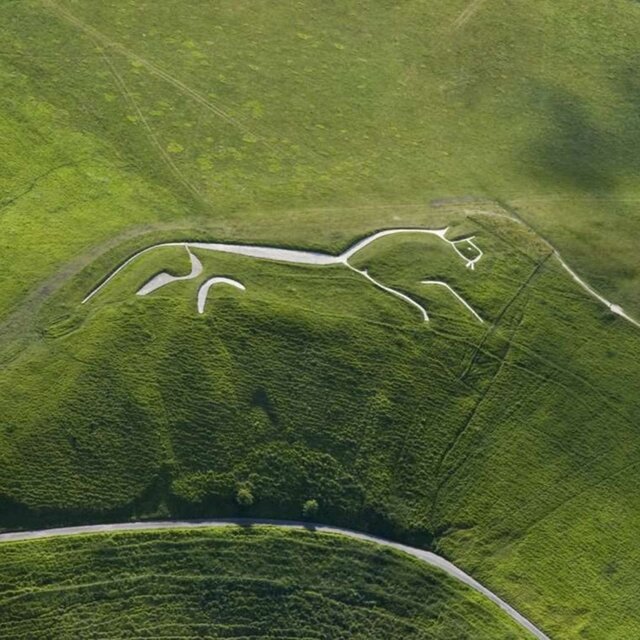
Preserving a Legacy
The Uffington White Horse is more than just an ancient artifact; it’s a living symbol of Britain’s cultural heritage. Thanks to the efforts of the National Trust, archaeologists, and dedicated volunteers, this prehistoric figure continues to capture the imagination of all who visit.
As you stand before the Uffington White Horse, gazing across the rolling hills of Oxfordshire, it’s impossible not to feel a connection to the generations who came before. Their craftsmanship, their traditions, and their stories live on in this remarkable creation—etched into the landscape and into the heart of history.
